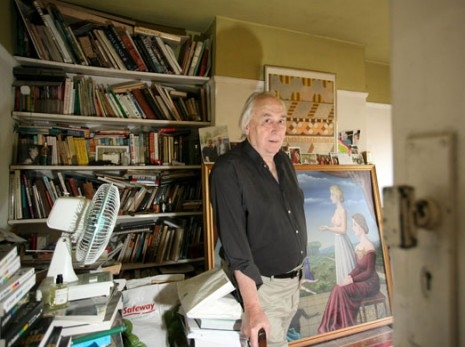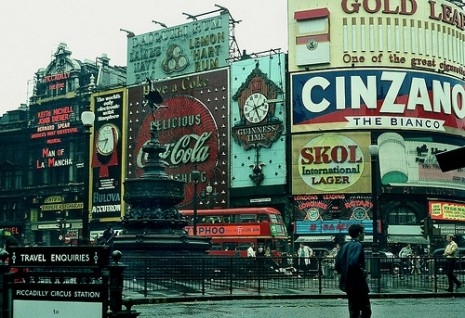
‘El innombrable y la Coti.’
In April 1970, author J. G. Ballard opened his exhibition of Crashed Cars at the New Arts Lab in Camden Town, London. It was a wrecker’s yard of smashed autos, crumpled bodywork, blood-flecked upholstery, and diamond-scattered windscreens. A topless model wandered through the exhibition as a “sexy” counterpoint to these relics of death and destruction.
Ballard claimed, “the car crash is the most dramatic event we are likely to experience in our entire lives apart from our own deaths.”
His show caused an uproar among the invited guests—allegations of sexual assault, small incidents of violence, and acts of wanton vandalism occurred—including people urinating into the exhibits. By confronting the audience with death Ballard’s exhibition triggered more basic primal instincts.
This was something noted by the philosopher Ludwig Wittgenstein when he served as a soldier in the First World War. Wittgenstein noted he never felt more alive than when confronted with the imminence of his demise in the midst of battle. He became reckless and his behavior more extravagant, as if indifferent to the consequences of his actions.
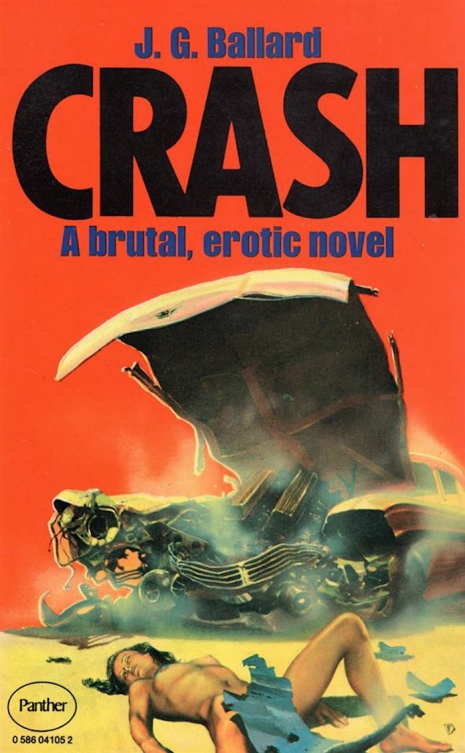
Cover by Chris Foss to the paperback edition of Ballard’s notorious sex and wrecks novel ‘Crash’ (1973).
Chilean artist, Fernando Gómez Balbontín explores similar ideas about our need to confront or at least come to terms with death in his series of paintings Thoughts About Life and Death. These large colorful paintings which depict the wreckage of automobile accidents are intended to make the viewer reconsider their existence and their relationship to others. “Denying death,” writes Balbontín, “is denying life. So perhaps it is necessary to understand that tragedy is not the supposed reality of death. Tragedy is about not accepting this possibility and consequently, not having enough time to live.”
We seem to live in an inevitable nonconformity. We do not accept the uncertainty that arises from our total ignorance about death, and while denying the only certainty that we probably have, we construct a hopeful discourse about a hypothetical future in which it is impossible to stop existing.
The representation of an imaginary on death pretends to rethink life’s real sense, inducing the observer to an act of resistance to the consumption of ideas imposed by a contaminated society.
The carnage shown in his paintings is attended by figures representing our response to death through religion, ritual, procreation, and distraction.
Balbontín was born in Santiago in 1981. He sudied architecture at the Finis Terrae University, graduating in 2006, before deciding to take up art as his chosen career. He describes his work as a study of how “society lives” creating a visual language as a contemplation of death. Most recently, his work has become more abstract, almost atomized, as he explores all existence with his series Todo Existe which includes the paintings “Big Bang” and “Destruction of Shape.” See more of Balbontín’s work here.
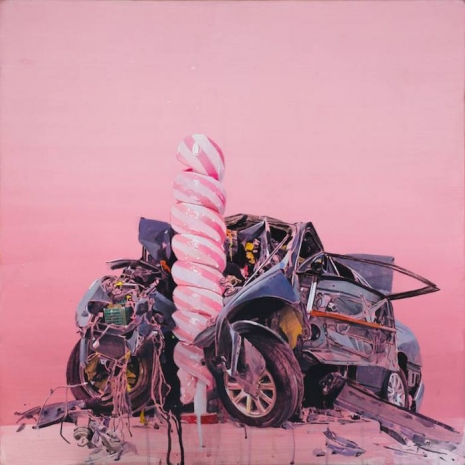
‘Candy Crash.’

‘Untitled.’
See more of Balbontín’s paintings of death in life, after the jump…







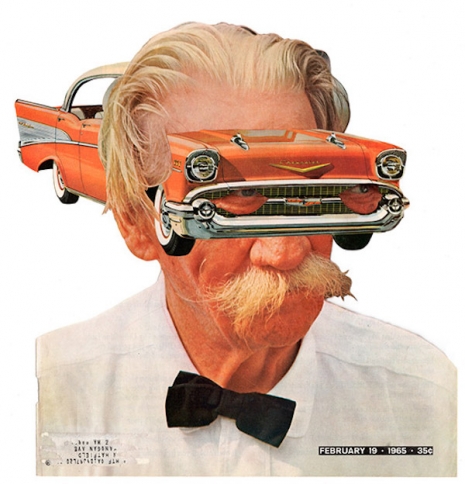


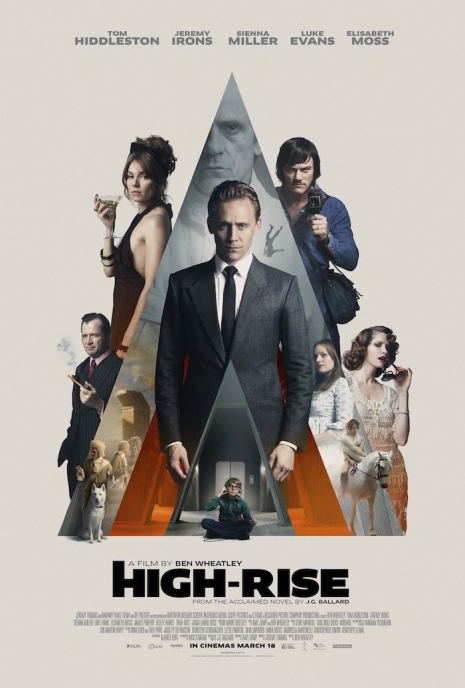
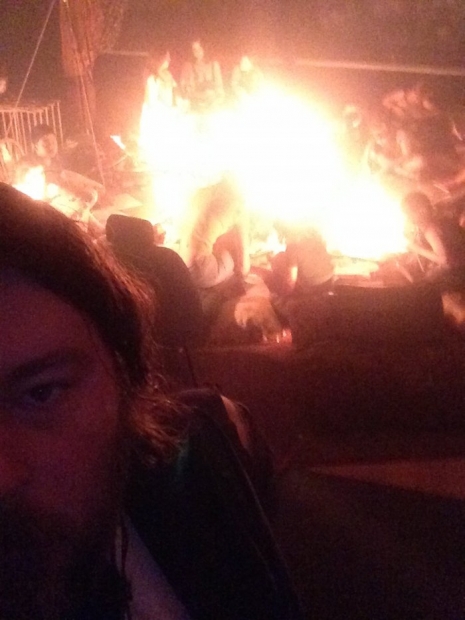
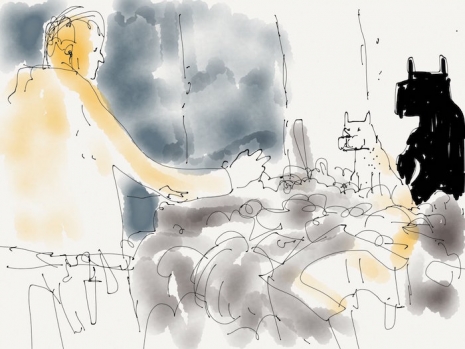
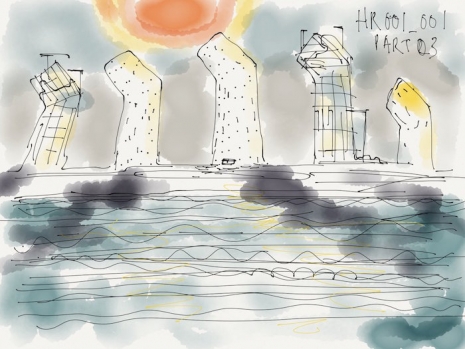
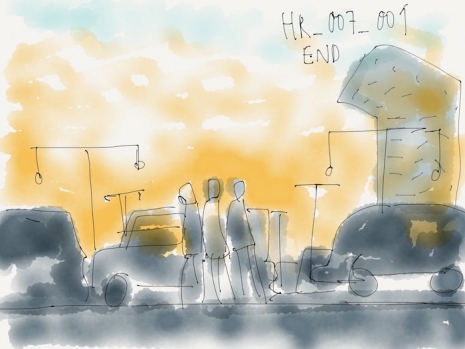
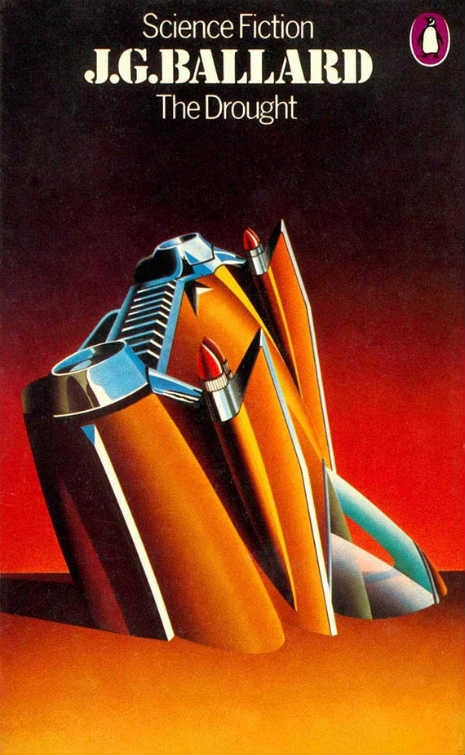
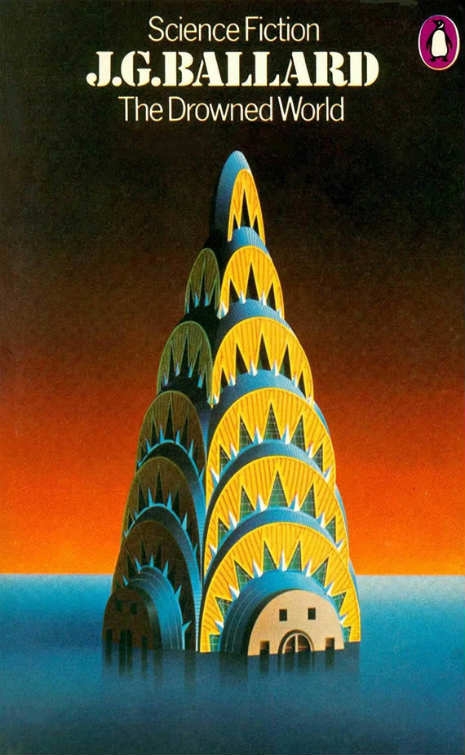 Previously on Dangerous Minds
Previously on Dangerous Minds
